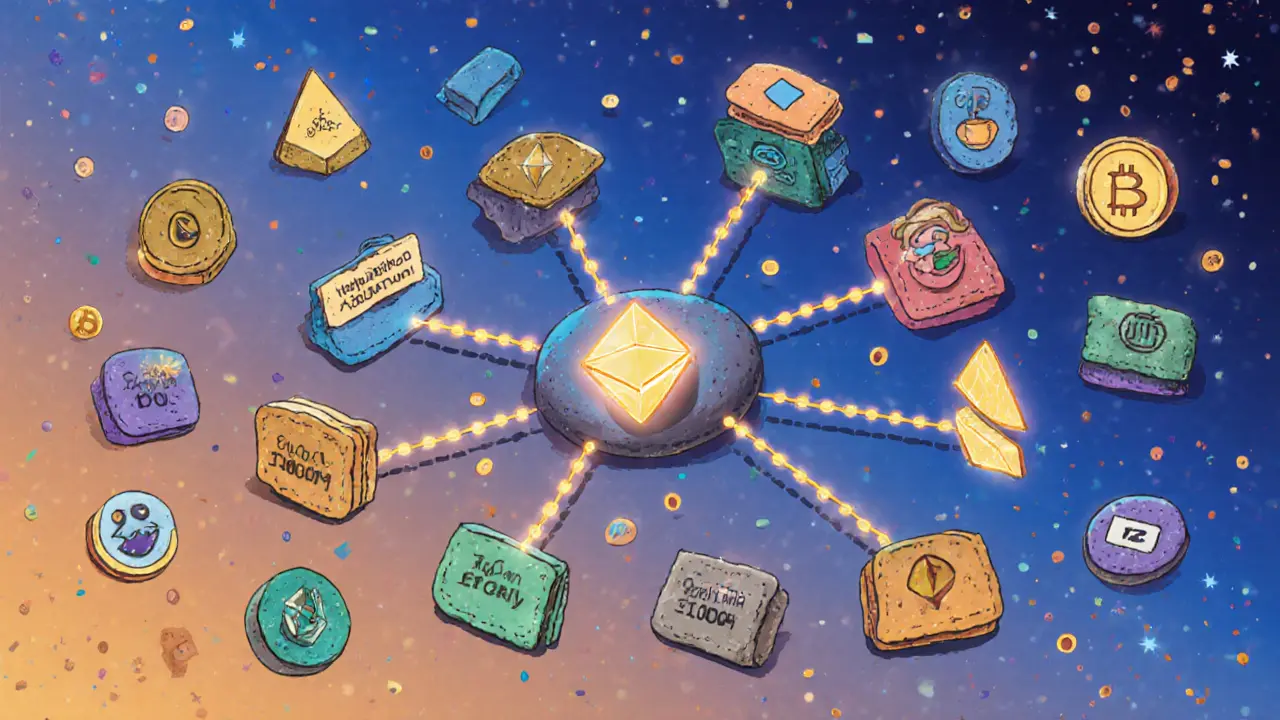Blockchain Network Activity: What Drives Transactions, Security, and Real-World Use
When you hear blockchain network activity, the constant flow of transactions, validations, and consensus checks that keep a blockchain alive and functioning. Also known as on-chain activity, it’s not just numbers on a ledger—it’s the heartbeat of every crypto system, from Bitcoin to niche DeFi chains. Without it, nothing moves. No trades. No smart contracts. No airdrops. Just silence.
Not all networks are built the same. Some, like those using Byzantine Fault Tolerance, a consensus method that lets a network keep working even if up to one-third of its nodes are hacked or lying, stay fast and final. That’s why enterprise systems and banks prefer it—it means your payment is done in seconds, not minutes, and can’t be reversed. Others rely on older methods like Proof of Work, which are slower, energy-heavy, and prone to delays. When network activity drops, so does trust. Look at SkullSwap or Levana Protocol—both had near-zero activity, and users vanished. No activity means no liquidity. No liquidity means no users. It’s a death spiral.
Real blockchain network activity isn’t just about volume—it’s about quality. Are transactions being confirmed? Are nodes syncing? Is the network resistant to attacks? That’s where consensus mechanism, the rulebook that tells nodes how to agree on what’s true matters. BFT, Proof of Stake, or even hybrid models all shape how a chain behaves under pressure. And when governments start seizing crypto or banning mining—like in Angola—network activity doesn’t just slow down. It gets crushed. Meanwhile, chains like TON or Polkadot thrive because their networks are designed for speed, low cost, and real usage. You can see it in the posts below: STON.fi v2 works because it’s built for active users. NovaEx stands out because it guarantees execution. Even energy trading on blockchain only works if the network stays live and responsive.
What you’ll find here aren’t theory pieces. These are real-world case studies of what happens when blockchain network activity is strong, weak, or completely gone. You’ll see how BFT keeps exchanges running, why zero-volume tokens die fast, and how enforcement actions ripple through entire networks. This isn’t about hype. It’s about what keeps the system alive—and what kills it.
Active Addresses and Network Activity: What They Really Tell You About Blockchain Health
Active addresses reveal real blockchain usage by counting unique wallets involved in transactions. Learn how to interpret DAA trends, avoid common pitfalls like airdrop farming, and combine this metric with others like TVL and fees for accurate network analysis.
